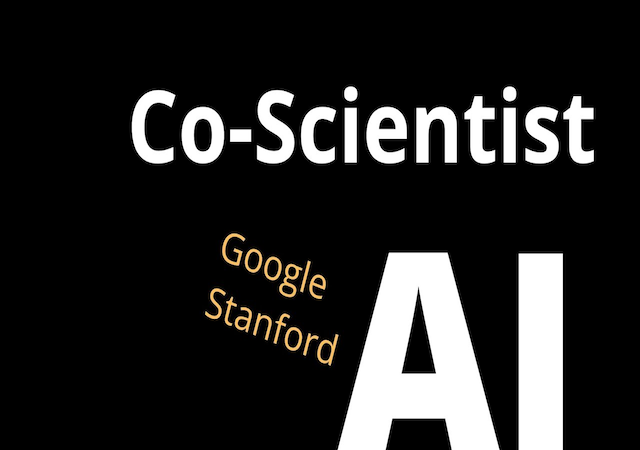February 24th, 2025
Google
In a groundbreaking move that underscores the rapid evolution of artificial intelligence, Google has unveiled its latest innovation: an AI co-scientist designed to collaborate with human researchers. This cutting-edge AI system, which integrates advanced machine learning, natural language processing, and data analysis capabilities, is poised to transform the way scientific research is conducted across disciplines. By augmenting human expertise with AI-driven insights, Google's new AI co-scientist aims to accelerate discoveries, streamline workflows, and tackle some of the world's most complex challenges.
Google's foray into AI-assisted research is not entirely new. The company has long been at the forefront of AI development, with projects like DeepMind and TensorFlow revolutionizing fields such as healthcare, robotics, and natural language understanding. However, the AI co-scientist represents a significant leap forward, as it is specifically designed to work alongside human scientists as a collaborative partner rather than a mere tool.
The vision behind this initiative is to create a symbiotic relationship between humans and machines, where AI handles repetitive tasks, data crunching, and hypothesis generation, while human researchers focus on creativity, critical thinking, and experimental design. By combining the strengths of both, Google aims to push the boundaries of what is possible in scientific research.
The AI co-scientist boasts a range of features that make it a powerful ally for researchers:
The potential applications of Google's AI co-scientist are vast and span a wide range of scientific disciplines:
While the potential benefits of Google's AI co-scientist are immense, the technology also raises important ethical and practical considerations. One major concern is the potential for bias in AI-generated hypotheses and analyses, particularly if the training data is not representative or inclusive. Ensuring transparency and accountability in the AI's decision-making processes will be crucial to maintaining trust in its outputs.
Another challenge is the potential impact on the job market for researchers. While the AI is designed to augment rather than replace human scientists, there is a risk that it could lead to job displacement in certain areas. Google has emphasized that the goal is to enhance human capabilities, not to render them obsolete, but this will require careful management and ongoing dialogue with the scientific community.
Google's AI co-scientist represents a significant milestone in the integration of AI into scientific research. By enabling faster, more efficient, and more innovative research, it has the potential to drive breakthroughs that could transform our understanding of the world and improve the quality of life for people everywhere.
As the technology continues to evolve, it will be important to strike a balance between harnessing its power and addressing the ethical and societal challenges it presents. With the right approach, Google's AI co-scientist could usher in a new era of collaboration between humans and machines, unlocking possibilities that were once the stuff of science fiction.
In the coming years, we can expect to see more researchers embracing AI as a partner in their work, leading to unprecedented advancements across a wide range of fields. The future of science is here, and it is a future where humans and AI work hand in hand to explore the unknown and solve the world's greatest challenges.